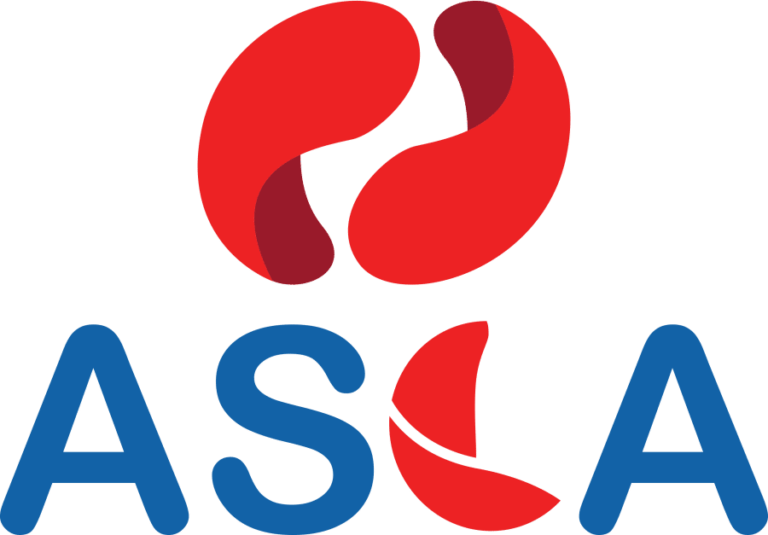We are so delighted that Hon Greg Hunt Federal Minister of Health replied to our letter where we asked his office what they were doing to improve services for sickle cell patients in Australia. We acknowledge that the Federal Health Office is working towards some better services for SCD patients in Australia. Part of the contents of the letter includes:
There are a range of services listed on the MBS that may be relevant to private patients undergoing diagnosis and management of sickle cell disease, including pathology tests for full blood evaluation and blood film (MBS item 65070), testing for the presence of the causative haemoglobinopathy (Hb S) (MBS item 65081), as well as consultation items which support the ongoing management of patients by practitioners.
In addition, the Government supports access to affordable medicines through the Pharmaceutical Benefits Scheme (PBS). Subsidised prices are available for the following medicines that may be relevant to Australians living with sickle cell disease:
- Hydroxyurea, a part of sickle cell therapy, has an unrestricted benefit on the PBS;
- Pneumovax 23 has a restricted benefit for prophylaxis of pneumococcal infection in patients with a high risk of contracting pneumococcal infections – sickle cell patients would fall into this category;
- For patients with iron overload because of chronic red cell transfusion, iron chelation may be available on the PBS (e.g. Deferasirox) in some circumstances; and
- Complications of sickle cell disease involve many body systems and some PBS medicines may be relevant in specific circumstances.
The Medical Research Future Fund (MRFF) provides a long-term sustainable source of funding for endeavours that aim to improve health outcomes, quality of life and health system sustainability. Under the MRFF 10 Year Plan, $614 million is committed under the Clinical Trials Activity – Rare Cancers, Rare Diseases and Unmet Need Clinical Trials Initiative, to support new clinical trial activity focussing on rare cancers, rare diseases and unmet medical needs.
This funding will create opportunities to improve the health outcomes for members of the Australian community living with serious health conditions whose diagnosis or treatment is not adequately addressed by existing options, such as for those with sickle cell disease. There will be more grant opportunities in the future and Australian researchers will continue to pursue their research endeavours to find better treatment options and cures.
However, more can still be done in other areas and improve some existing areas. We have since replied to this letter and we have sent our recommendations. One of our recommendations includes advocating for the government to fund the Haemoglobinopathy registry. “Determining the prevalence in Australia will not only prepare the government to meet the needs of the patient now and in the future, but will also compare disease burden across locations or time periods. According to Ward 2013, the prevalence and incidence of disease are among the most fundamental measures in epidemiology. Ward M. M. (2013). Estimating disease prevalence and incidence using administrative data: some assembly required. The Journal of rheumatology, 40(8), 1241–1243. doi:10.3899/jrheum.130675”
You can view the redacted letter here:

